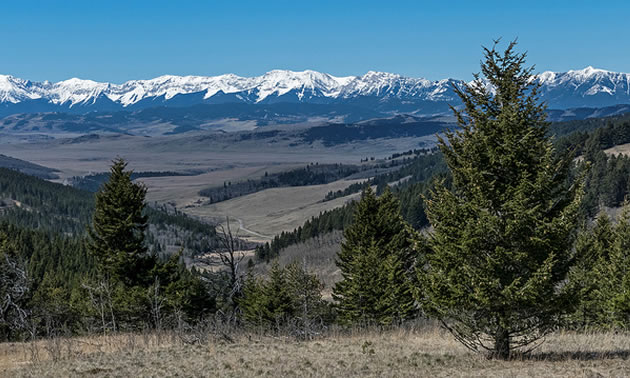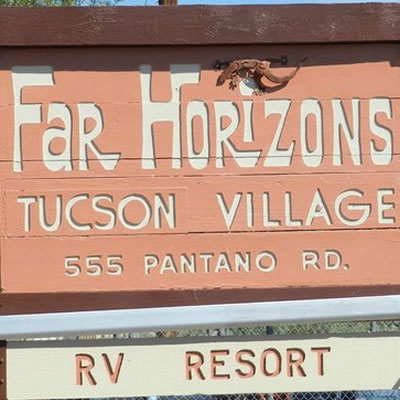Balanced plans protect land, boost recreation

The Land Footprint and Recreation Management plans establish the Livingstone and Porcupine Hills areas as Public Land Use Zones (PLUZ). This follows through on the government’s commitment to science-based land management that protects the environment, enhances recreational opportunities and ensures local residents can continue to make a living off the land.
“Generations of Alberta families have enjoyed getting outdoors to explore the Livingstone-Porcupine Hills area. These balanced plans will help us protect the region’s headwaters, biodiversity, esthetic beauty and historic value, while providing safe, high-quality recreation experiences for all users.” — Shannon Phillips, Minister of Environment and Parks
“For so many years, I have witnessed the increasing destruction of our backcountry and headwaters. The land plan and the recreation plan for the Livingstone-Porcupine Hills, coupled with the PLUZ, give our landscape a long overdue reprieve and will provide the guidance and enforcement framework necessary to protect a resource precious to all Albertans.” — Cam Gardner, reeve, MD of Ranchland
The area forms part of southern Alberta’s Eastern Slopes, which are highly valued for their natural resources and as the source of most of the region’s drinking water.
Alberta’s growing population combined with diverse interests on the landscape – including forestry, energy and mining, tourism, recreation and grazing – have led to a need to focus on land management for the area’s long-term health and use.
“The PLUZ, Footprint, and Recreation plans have been needed for a long time and will make a positive difference for many ranchers and local residents who rely on the land for their livelihood. Important work remains to be done on implementation of the plans and we look forward to working with the government and other stakeholders in this process.” — John Lawson, landowner, Porcupine Hills Coalition
The two new Public Land Use Zones provide designated trails for hiking, mountain biking and off-highway vehicle use while limiting access in some areas to protect the ecological integrity of the landscape. Maps are available online and at information kiosks in the area. The PLUZ designations also provide additional enforcement tools that support responsible public use.
“Alberta BHA is pleased to see the provincial government moving forward with the Livingstone-Porcupine Hills management plans. We have members that participate in a range of activities year-round, and the establishment of a Public Land Use Zone, along with a comprehensive Recreation Plan, provides something for everyone while keeping land and streams healthy.” — Cody Spencer, co-chair, Alberta Backcountry Hunters and Anglers
“It's important that the planning process for the Livingstone-Porcupine Hills included consideration of scientific evidence. The plan for roads, trails and motorized vehicle access drew on sound evidence regarding the impacts on soil compaction, erosion, water quality, fish habitat and wildlife behaviour, among other impacts.” — Jon Mee, Department of Biology, Mount Royal University
Almost $5 million in capital funding over four years will be used to improve staging areas, rebuild and improve trails, install bridges over water crossings, and protect and enhance fish habitat in the southern Alberta Eastern Slopes. In 2018, 20 projects will be delivered in the Livingstone-Porcupine Hills PLUZ, and Castle parks.
2018 new projects include:
- Three bridges for off-highway vehicles (OHV) installed along trails out of the McGillivray staging area.
- Outhouses and site improvements at the McGillivray and Atlas staging areas.
- New trails and a bridge designed to accommodate a snow groomer for grooming snowmobile trails at the Allison and McGillivray staging areas.
- New camping infrastructure, signage and general improvements at the Atlas, McGillivray, Window Mountain, Beaver Creek and Trout Creek staging areas.
- Improvements to three camping nodes in Willow Creek.
- New OHV bridges at damaged water crossings in the Crowsnest Pass area.
- Stream bank stabilization, bioengineering and landscape planting for fish habitat at various sites across the PLUZ and parks.








